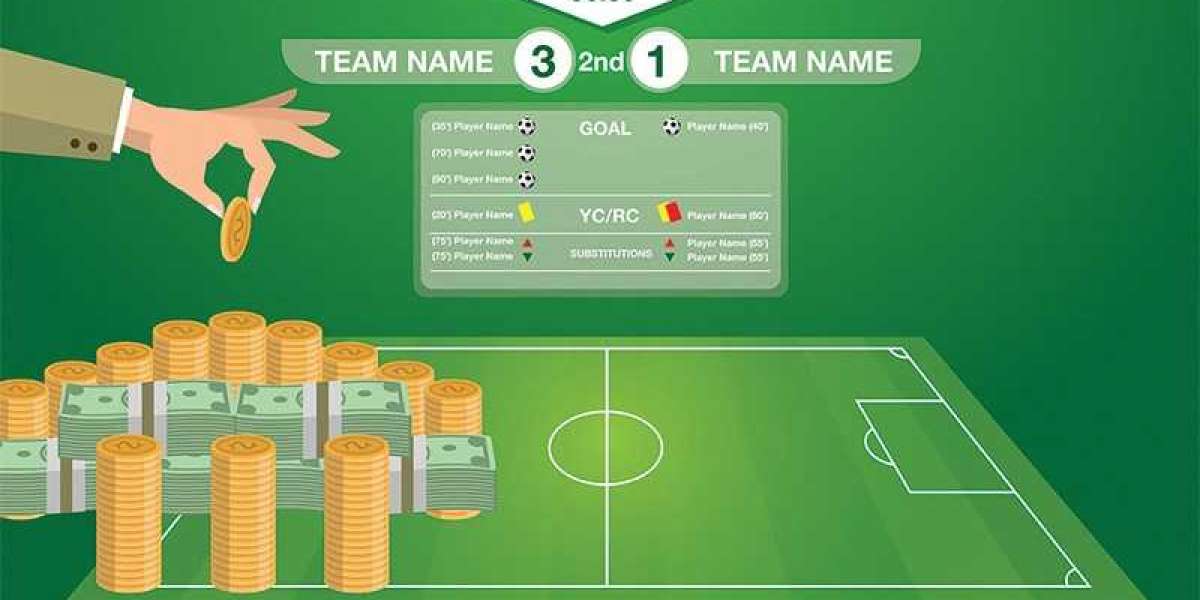Key Components of Competitive Tracking
- Competitive Intelligence (CI)
- Definition: Competitive intelligence refers to the process of collecting, analyzing, and using information about competitors, market trends, and the business environment to make strategic decisions.
- Goal: The goal of CI is to identify opportunities and threats, understand competitive behavior, and predict future movements in the market.
- Market and Competitive Landscape Analysis
- Definition: This involves mapping out the competitive environment and understanding the positioning of key players within a market.
- Goal: Identifying market leaders, emerging players, and potential disruptors.
- SWOT Analysis
- Definition: A SWOT analysis helps businesses evaluate their own strengths, weaknesses, opportunities, and threats in comparison to their competitors.
- Goal: Use SWOT analysis to identify gaps and competitive advantages that can be leveraged.
Tools for Effective Competitive Tracking
- Market Research Reports
- Function: Detailed reports provide comprehensive insights into industry trends, competitor performance, and market forecasts.
- Examples: Reports from agencies like DelveInsight, Statista, and IBISWorld.
- Benefit: Provides a broad understanding of the competitive landscape and helps track shifts in market dynamics.
- Social Media Monitoring Tools
- Function: These tools allow businesses to track competitors' social media activity, consumer sentiment, and brand engagement.
- Examples: Hootsuite, Sprout Social, and BuzzSumo.
- Benefit: Track real-time interactions and market sentiment to assess the effectiveness of competitor campaigns.
- Web Analytics and SEO Tools
- Function: Tools like SEMrush, Ahrefs, and Moz offer insights into competitors’ website performance, organic search rankings, and digital marketing strategies.
- Benefit: Monitor online visibility, keyword strategies, and backlink profiles to assess digital marketing effectiveness.
- Competitive Intelligence Software
- Function: These software tools collect and analyze information about competitors across multiple channels, including press releases, product launches, and patents.
- Examples: Crayon, Owler, and Kompyte.
- Benefit: Provide real-time alerts and comprehensive dashboards for continuous competitive tracking.
- Patent and Regulatory Filings Monitoring
- Function: Monitoring new patents and regulatory filings can provide early insights into competitors' upcoming products or technologies.
- Examples: PatSnap, Regulatory Affairs Professional Society (RAPS).
- Benefit: Gain an advantage by knowing about new innovations before they hit the market.
Download our case study to learn how a global pharmaceutical company leveraged a customized, interactive dashboard to track the evolving oncology landscape in HR+ HER2-ve Breast Cancer. Discover how we integrated real-time data, competitive intelligence, and user-friendly visuals to empower top executives with actionable insights. Download case study @ Competitive Tracking in Breast Cancer
Techniques for Effective Competitive Tracking
- Regular Competitive Benchmarking
- Description: Benchmarking is the process of comparing your company's performance, processes, and strategies against those of your competitors.
- Approach: Identify key performance indicators (KPIs) such as revenue growth, market share, customer satisfaction, and product innovation. Track these KPIs regularly to measure your competitive standing.
- Competitor Product Tracking
- Description: Track competitors’ products to stay updated on their features, pricing, and market reception.
- Approach: Create a product comparison matrix to evaluate key aspects like product development timelines, pricing strategies, and customer feedback.
- Competitive Disruption Analysis
- Description: Assess how new entrants or innovations might disrupt your market.
- Approach: Monitor emerging technologies, trends, and startups that could affect market dynamics, particularly in tech-heavy sectors like AI, healthcare, and pharmaceuticals.
- Consumer Feedback and Reviews
- Description: Analyzing customer reviews and feedback on competitors’ products or services can provide insights into their strengths and weaknesses.
- Approach: Use platforms like Trustpilot, Yelp, and Amazon to track consumer sentiment and identify pain points in competitor offerings.
- Competitive Intelligence Dashboards
- Description: Create dashboards to track various data sources (e.g., sales performance, social media activity, product launches).
- Approach: Use tools like Tableau, Power BI, or custom dashboards to visualize key competitive data, providing actionable insights at a glance.
Best Practices for Successful Competitive Tracking
- Set Clear Objectives
- Define what you aim to achieve with your competitive tracking efforts, whether it’s identifying new opportunities, tracking competitor performance, or predicting market trends.
- Stay Ethical
- Adhere to ethical guidelines and legal boundaries when gathering competitive intelligence. Avoid using deceptive or illegal methods like industrial espionage.
- Focus on Actionable Insights
- Gather data, but ensure it’s actionable. Analyze it through the lens of how it can be used to improve your business strategies, whether it’s adjusting pricing, enhancing customer experience, or innovating new products.
- Continuous Monitoring
- Competitive tracking is an ongoing process. Regularly update your insights to stay ahead of competitors, particularly as markets and technologies evolve rapidly.
- Leverage External Expertise
- Collaborate with external experts or consultancies to gain deeper insights into niche areas or markets that might be outside your direct expertise.
Download our case study to learn how a global pharmaceutical company leveraged a customized, interactive dashboard to track the evolving oncology landscape in HR+ HER2-ve Breast Cancer. Discover how we integrated real-time data, competitive intelligence, and user-friendly visuals to empower top executives with actionable insights. Download case study @ Competitive Tracking in Breast Cancer
Conclusion
Mastering competitive tracking requires a blend of the right tools, techniques, and continuous effort. With the right approach, businesses can gain valuable insights into their competitors, stay ahead of market trends, and ensure their long-term success. From SWOT analysis to the use of advanced competitive intelligence tools, each technique contributes to a comprehensive strategy that helps businesses navigate competitive landscapes with precision.






